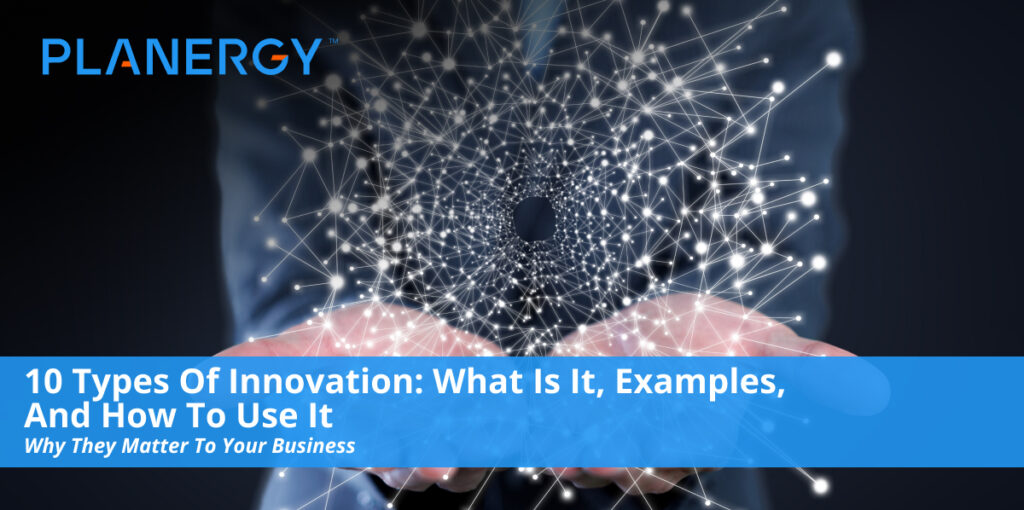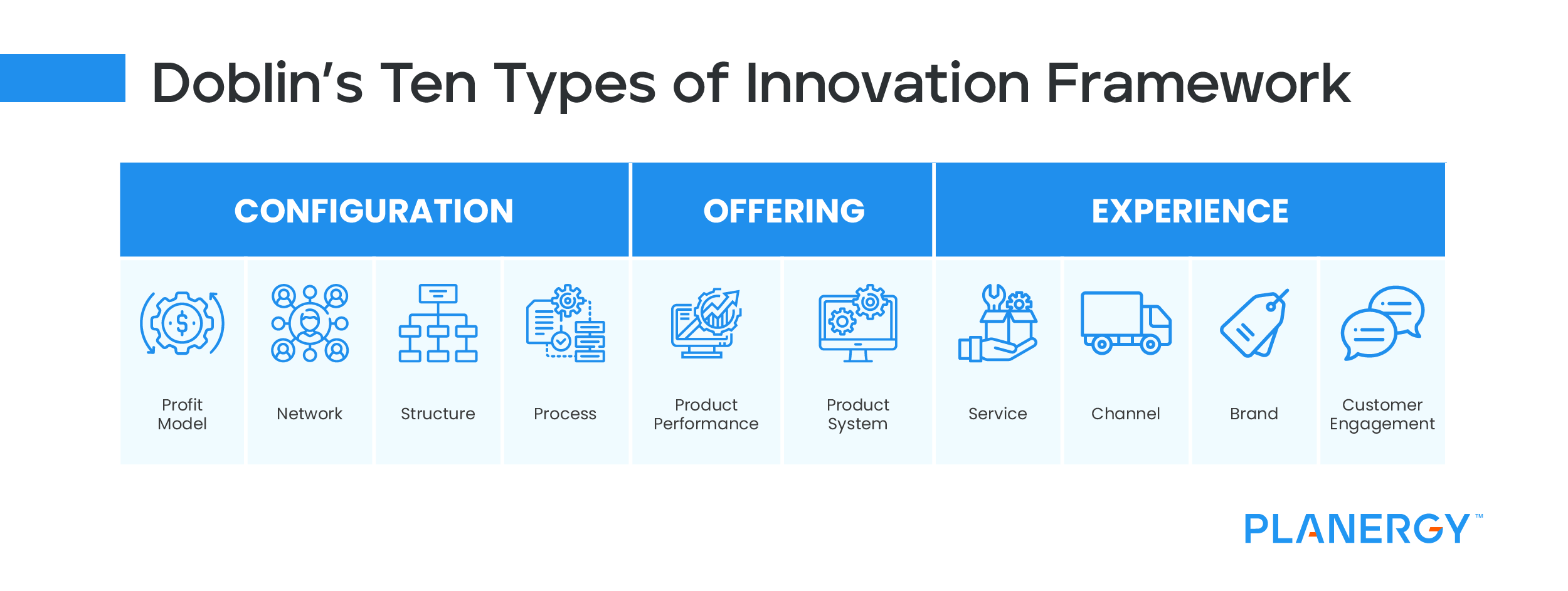Want Powerful Business Innovations? Combine Types
With ten types to choose from, there are tons more options when you start mixing and matching with a modular approach.
In 2011, the authors of the Ten Types of Innovation:
The Discipline of Building Breakthroughs book found that top innovators, or companies with repeated successful launching, were using twice as many types of innovation as the “average” innovator companies.
This is so significant that the top innovators outperform the S&P 500, proving that multiple innovation types are key to strong returns on investment.
We’ve already mentioned Nike before, but this brand is a perfect example of how to make multiple innovations work for you.
They started as a product performance company, launching NikeTown in 1990 as a channel innovation to present retail theatre. The stores weren’t going to produce a positive ROI, but they did wonders for brand innovation.
Most recently, Nike launched Nike+, a product system integrated into their sportswear range that allows users to track their exercise and movements.
By choosing to network with Apple and integrate with Apple products, they have touched half of the types of innovation, so it’s no real surprise they remain one of the top global brands.
Method, a green cleaning company, founded in 2000 and acquired by Ecover in 2012, is another example of how successful businesses can use multiple innovation types.
Its green sourcing process tracks the environmental impact of making products. Its structure outsources production to a series of subcontractors to keep the company as agile as possible.
The brand is built around green sourcing values, with a strong following in lifestyle and design blogs.
They’ve launched a community site, known as People Against Dirty, to develop customer engagement with insights for future products, stories, and deals to attract a community of people who are concerned about sustainability.
Like Nike, they’ve touched on half of the types of innovation.
Final Thoughts
On the Ten Types website, you can find hundreds of tactics to use within your organization.
Use the framework and those tactics to engage your entire business as you generate ideas and innovation possibilities.





